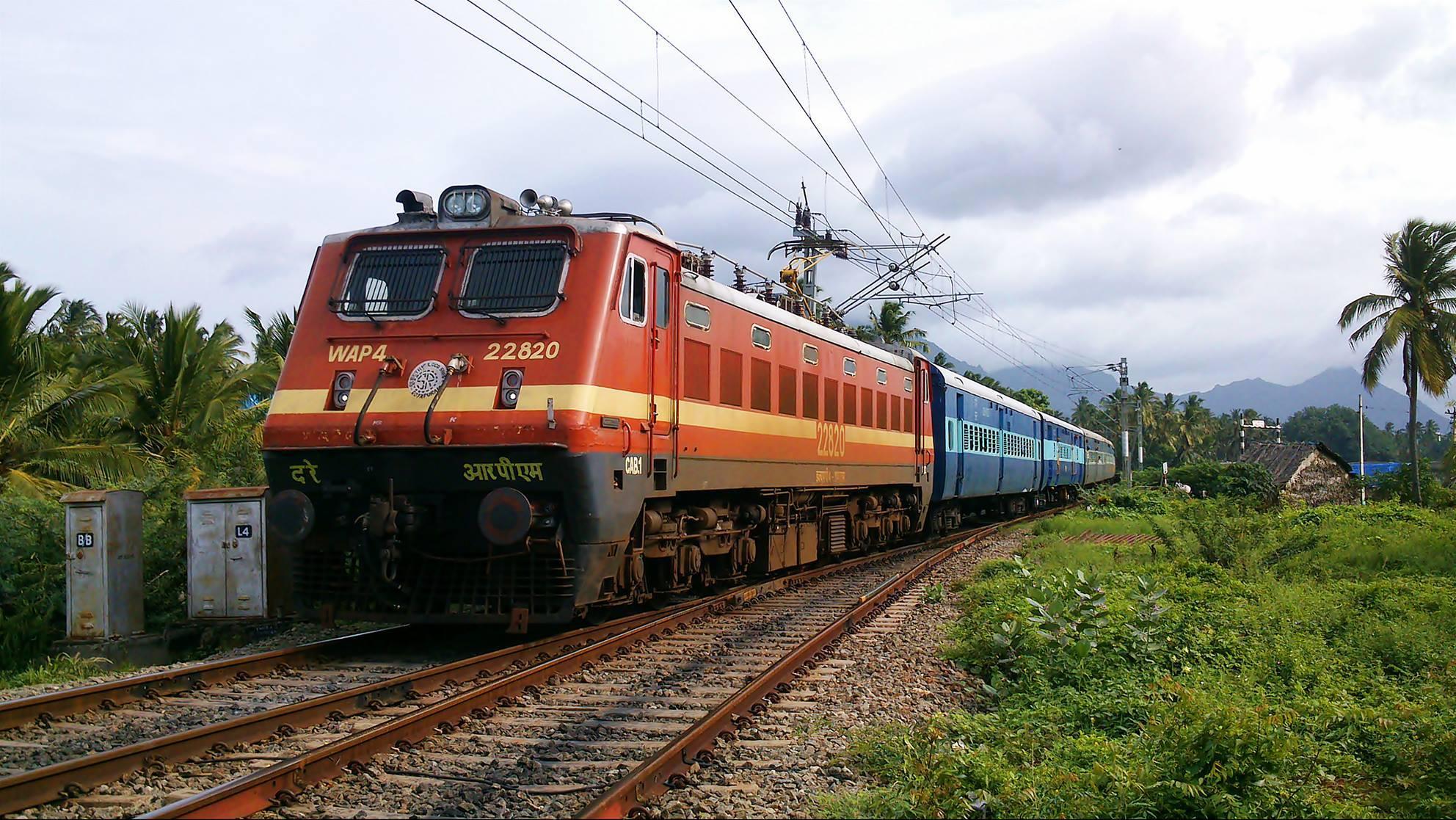Reports of Indian Railway projects in Uttarakhand may be having an environmental impact in the region aside, the public sector behemoth has completed the electrification of its lines in the State.
In its mission to become the largest Green Railway in the world and moving towards becoming a “net zero carbon emitter” before 2030, the Indian railways has been in mission mode of completing its electrification.
After completion of electrification in Uttar Pradesh recently, Indian Railways achieved another milestone of completing the electrification of Uttarakhand.
The existing Broad Gauge network of Uttarakhand is 347 Route kilometre, which is 100% electrified, resulting in saving on account of reduced line haul cost (about 2.5 times lower), heavier haulage capacity, increased sectional capacity, reduced operating & maintenance cost of electric loco, energy efficient and eco-friendly mode of transportation with reduced dependence on imported crude oil, saving of foreign exchange, the Railways said.
Of the railway projects underway in the State, out of the 125 km track, the train will travel 105 km through tunnels. The longest tunnel will be 14 km long, from Devprayag to Janasu.
Uttarakhand state’s territory falls in Northern & North Eastern Railway’s jurisdiction. Some of the major railway stations in Uttarakhand are: Dehradun, Haridwar, Roorkee, Rishikesh, Kathgodam, Tanakpur. Some of them have religious importance and some are tourist attractive places. Badrinath, Kedarnath, Yamunotri, Gangotri, Hemkund Sahib, Mussoorie, Nainital, Jim Carbet & Haridwar are a few to name. Kathgodam station is an important station with annual passenger footfall of about 7 lacs and this terminating station acts as entry of Kumaun region of Uttarakhand. First train to this station reached on April 24, 1884.
Some of the prestigious trains of Uttarakhand state are: Nanda Devi, Haridwar Express, Mussoorie Express, Utkal Express, Kumaon Express, Doon Express & Shatabdi Express. These trains provide convenient connectivity to various parts of the state and other major cities in India, helping greatly to state in tourism business.
Further, Rishikesh to Karnprayag, a new line work is under construction which will be another landmark achievement of Indian Railways, bringing Char Dham pilgrimage route on Indian Railways’ circuit. This route is sanctioned along with electrification, in sync with Railways’ policy of 100% electrified network, the Railways said.
Incidentally, experts are of the view that although rail traffic may rely on electric locomotion, but constant vibrations during train movements through the tunnels may make is keep the mountain slopes eternally unstable and thus make them vulnerable to slides at the slightest trigger.
Blasting to make these tunnels could lead to weakening rock formations, further leading to landslides, experts say while pointing out that the irreversible impact on groundwater, such as descending water levels, has also been observed in tunnel construction areas.
They are of the opinion that since the Himalayas are the youngest and most active in terms of tectonics among the mountain chains in the world, there is a belief that building tunnels may decrease the infrastructural impact on the environment and that these subsurface structures could result in gross damage to the environment.


























